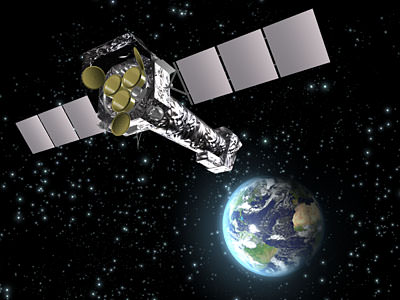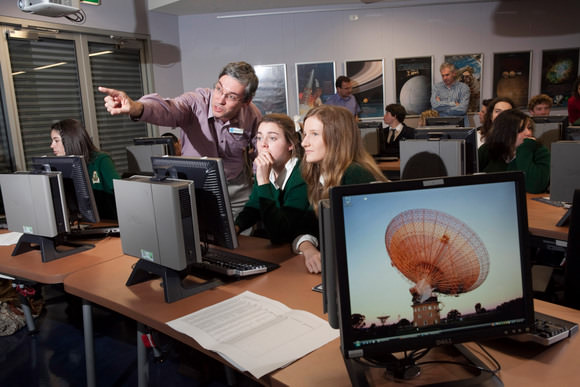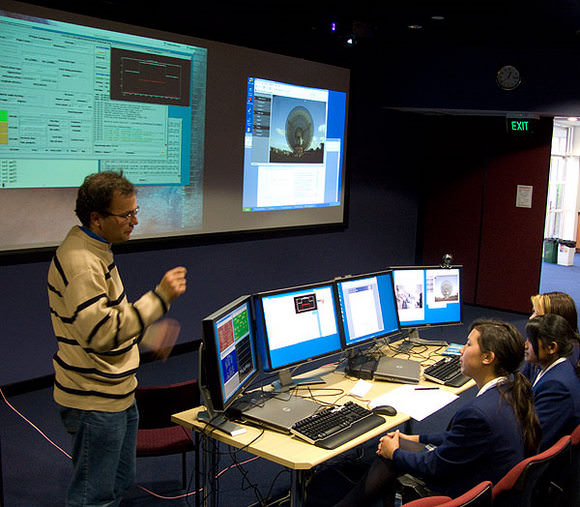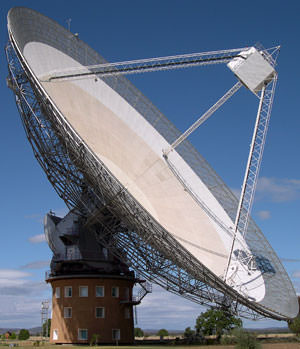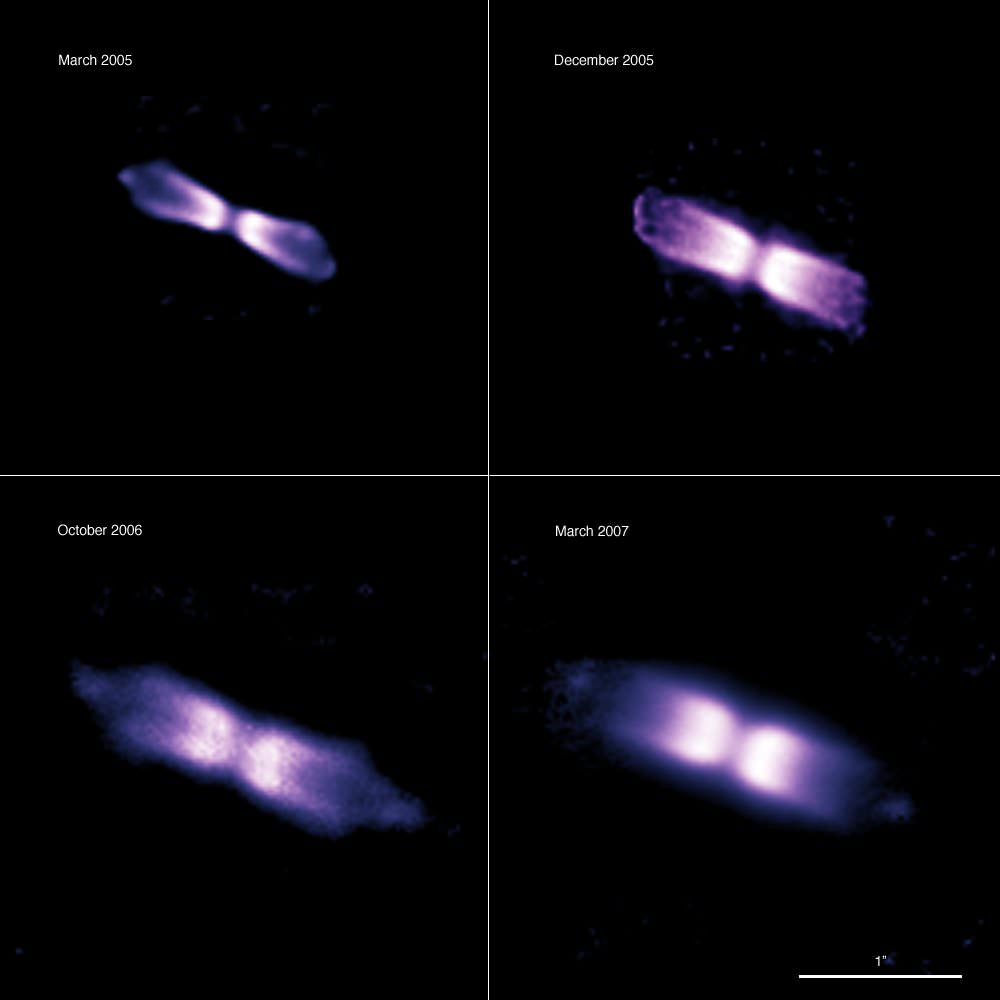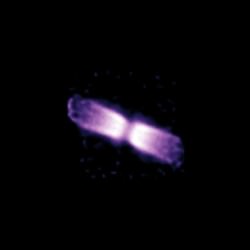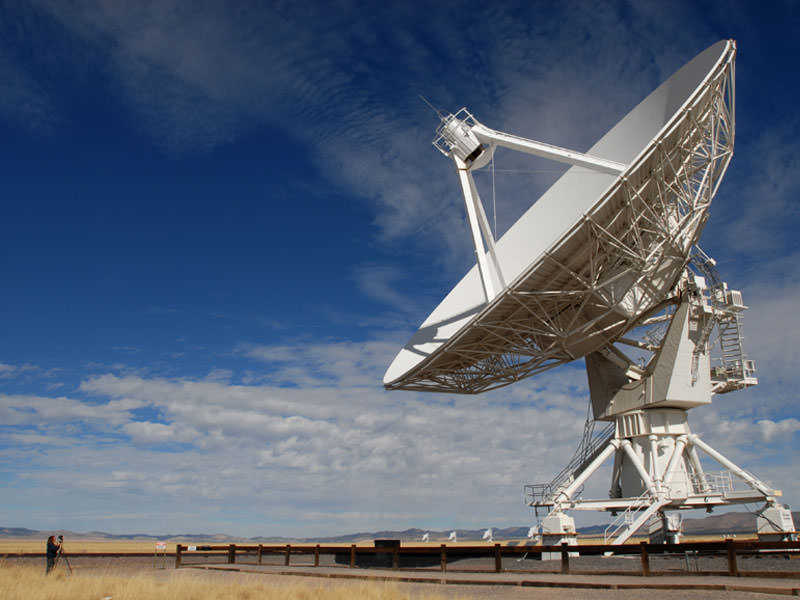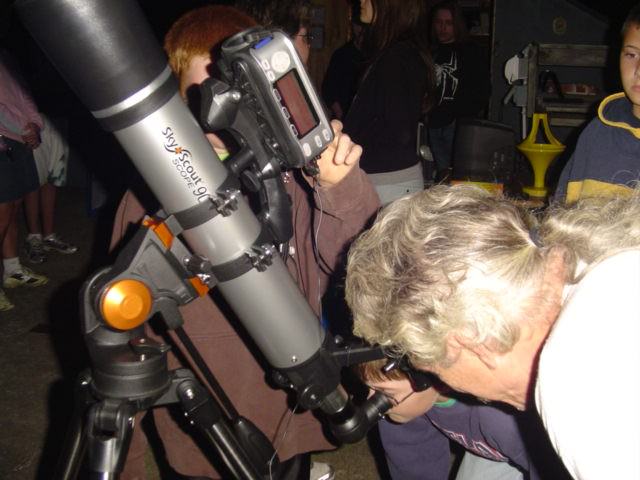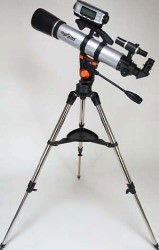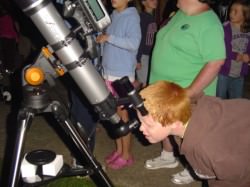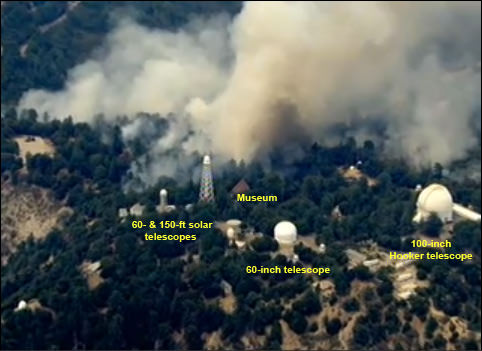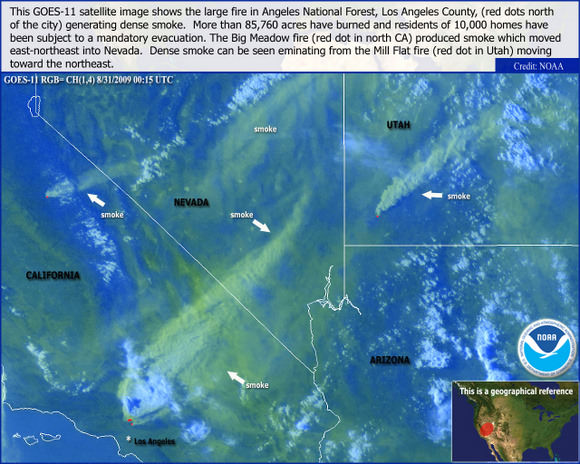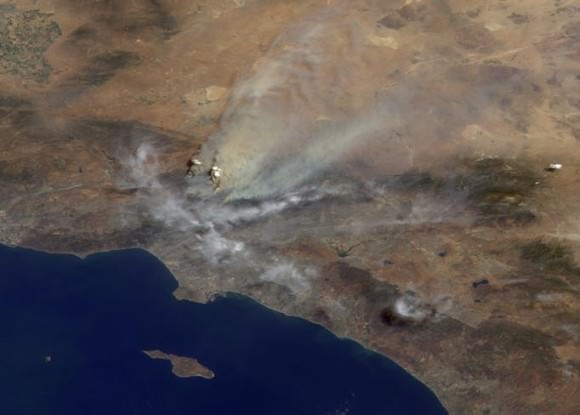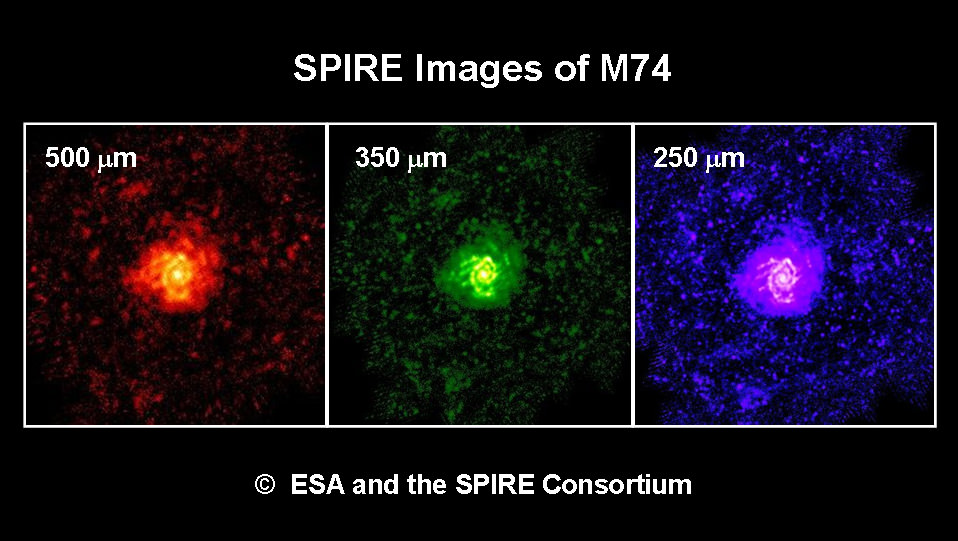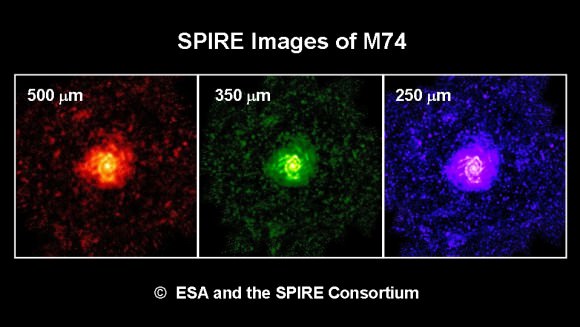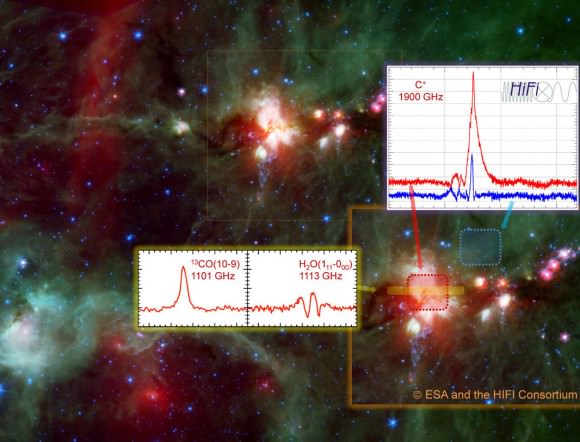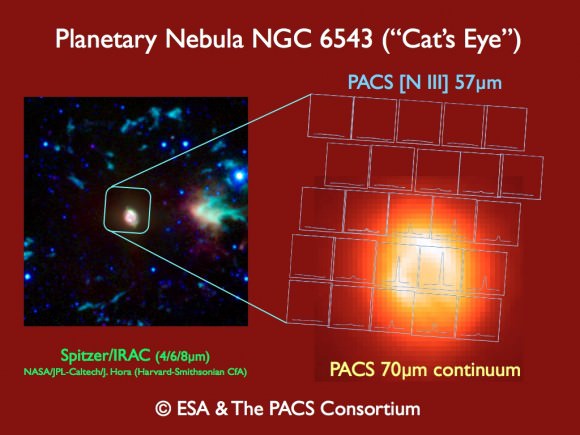[/caption]
XMM-Newton, the ESA’s premiere space-based X-ray observatory, will celebrate 10 years of spectacular X-ray imaging of our Universe today. On the 10th of December 1999 at 14:32 GMT, XMM-Newton was launched by the European Space Agency, and tasked with the mission of observing some of the most interesting objects in the Universe with its X-ray eyes. Many objects such as black holes and neutron stars have been studied using the telescope, because these energetic objects emit light in the X-ray spectrum.
To date, over 2000 published articles have utilized information from the XMM-Newton telescope. X-rays, a very energetic form of photons, are created in extreme celestial events, such as the disks that surround black holes and the intense magnetic fields surrounding stars. By studying the X-rays emitted by a variety of celestial objects, astronomers have been able to get detailed information about the workings of the Universe.
XMM-Newton has also been crucial to the study of galaxy clusters and supermassive black holes, and has helped to create the largest catalog of cosmic X-ray sources, with over a quarter of a million entries. It has even been enlisted in the hunt for dark matter, as one theory of the substance suggests that a decayed dark matter particle would potentially emit X-rays. Exotic objects far away aren’t the only target for the observatory, though; it’s helped astronomers detect the outer edges of the atmosphere of Mars and icy comets at the outer limits of our Solar System.
Here are just a few of the stories on Universe Today that feature observations by XMM-Newton:
- Pulsar Blasts Through a Ring of Gas
- Doughnut Around a Black Hole
- XMM-Newton Zeroes in on Zombie Star
- XMM-Newton Discovers Strange-Shaped Supernova Remnant
To celebrate the first decade of XMM-Newton’s observations, the ESA will hold a celebration in Madrid, Spain on December 10th. Here’s a link to XMM-Newton’s image gallery, and here’s one to a list of publications utilizing the telescope’s images.
Source: Eurekalert

